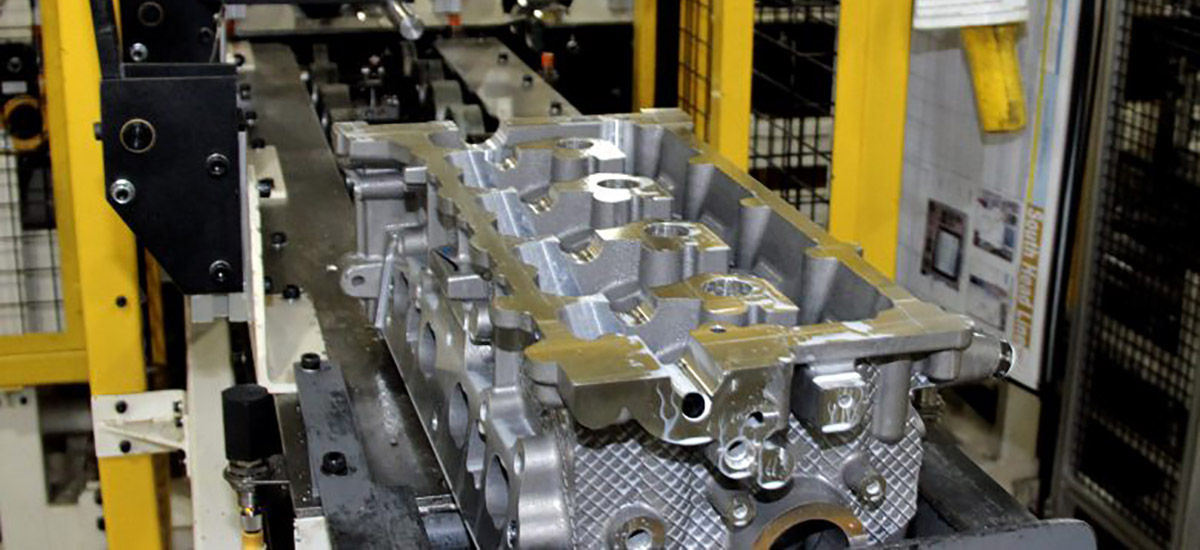
 Your Credit Estimate
Your Credit Estimate
 Your Credit
Your Credit
Your zip code helps us provide you with the most accurate vehicle pricing and vehicle availability.
We estimate your credit score to give you an idea of your monthly payments. To get an accurate payment amount, complete our credit application by clicking the Start Credit Application button below.
start credit application
It wasn’t too long ago that the automotive industry took a greater interest in building vehicles out of aluminum. Proving itself to be sturdy, strong, and safe, automakers have started using aluminum in the construction of new models, such as the 2019 Ram 1500 at the Detroit Auto Show and 2018 Jeep Wrangler JL at the Los Angeles Auto Show. We learned that not only have both vehicles been constructed with aluminum parts, but Fiat Chrysler Automobiles (FCA) has also equipped them with the new eTorque mild-hybrid system developed by FCA and a new turbocharged engine, designed for power and fuel efficiency. The latest revolution from FCA is an all new aluminum alloy for the casting of engine gear heads.
Over the years, FCA has tried to raise compression ratios and boost levels in its forced induction engines to increase horsepower - we can clearly see that with the likes of the 2018 Dodge Challenger SRT Demon and 2019 Dodge Charger SRT Hellcat. The issue with this however, is the act of raising compression ratios and boost levels has three outcomes - horsepower, fuel efficiency, and a lot of heat. Most of this heat is soaked up by the engine cylinder heads, and they aren’t doing so…hot. Many cylinder heads are made from aluminum alloy grades 319 and 356, both prone to becoming fragile and cracking when reaching temperatures of 392 degrees Fahrenheit.
Through collaboration with lightweight OEM parts supplier Nemak and Tennessee's Oak Ridge National Laboratory, FCA now has a new aluminum alloy to cast cylinder heads that can withstand temperatures up to 572 Fahrenheit. Currently unnamed, this new aluminum alloy is referred to as 16HT and ACMZ. Here’s the trick to making such a powerful alloy - most aluminium alloys are made with silicon; 16HT/ACMZ replaces the silicon with copper instead. Unheard of right?
"When we focused on copper, other people in the industry almost laughed us off, saying we'd never be able to cast that…We knew there was competition, including other teams working at Oak Ridge National Labs, but we outperformed everyone on this." - Gregg Black, senior manager of advanced powertrain engineering at FCA.
The auto industry may have laughed at such endeavors before, but competitors will be crying soon enough. Not only will this new aluminum alloy make engine cylinder heads stronger, but 16HT/ACMZ may allow engineers to streamline cylinder head designs to cluster the valves, spark plug, and fuel injector more closely for better airflow and to add a second spark plug for a more complete combustion. Without the requirement of new manufacturing techniques, aside from a few extra steps in the post-casting heat treatment, the only difference in acquiring and manufacturing this new alloy is a 7-percent increase in costs. Not even a scratch in the budget.
Consumers won’t be seeing engines with 16HT/ACMZ alloy for a few years (post-2018), but it’s already pretty clear the FCA Group has the advantage. If they can get a patent going, then FCA may have a monopoly on their hands. Wouldn’t that be something? Let us know your thoughts on NowCar social media.